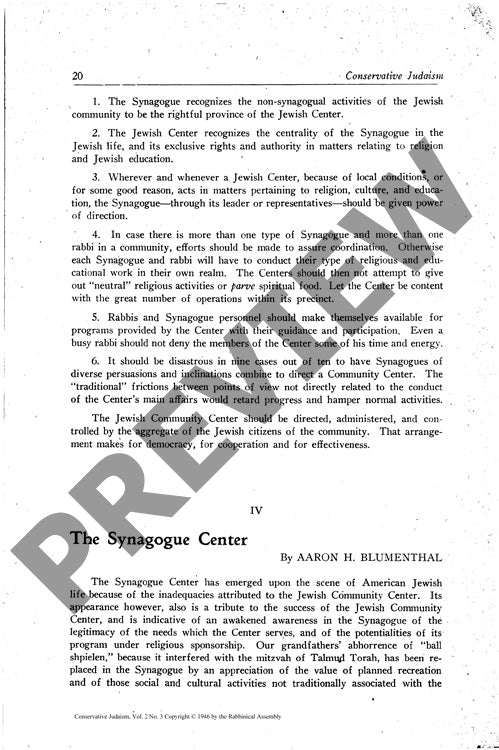The Synagogue Center
Couldn't load pickup availability
The post-World War II transformation of American Jewish life demanded new institutional models that could bridge traditional religious practice with emerging social needs. As veterans returned seeking broader engagement with Jewish life beyond worship services, the Synagogue Center emerged as a hybrid institution combining religious authority with recreational, cultural and social programming. Through analysis of historical records and insights from Jewish military chaplaincy experience, this research presents a six-point framework for understanding the complex relationship between synagogues and Jewish Community Centers. The framework emphasizes maintaining synagogue primacy in religious and educational domains while legitimizing community centers' secular activities. Key findings reveal that the Synagogue Center model effectively addressed limitations in traditional synagogue programming by incorporating diverse activities under religious sponsorship. Veterans' positive experiences with military chaplains significantly influenced their desire for more comprehensive Jewish institutional engagement. While the mere religious sponsorship of center activities provided psychological benefits, successful implementation required religiously-oriented personnel and programming. The Synagogue Center represents a necessary evolution in American Jewish institutional structure, offering a path to preserve religious centrality while meeting modern communal needs. However, this model faces ongoing challenges including redefining rabbinical roles, developing specialized staff training, and coordinating with existing Jewish Community Centers.

More Information
-
Physical Description
-
Publication Information
Published 1946
ISBN
-
Publication Credits
Aaron Blumenthal

